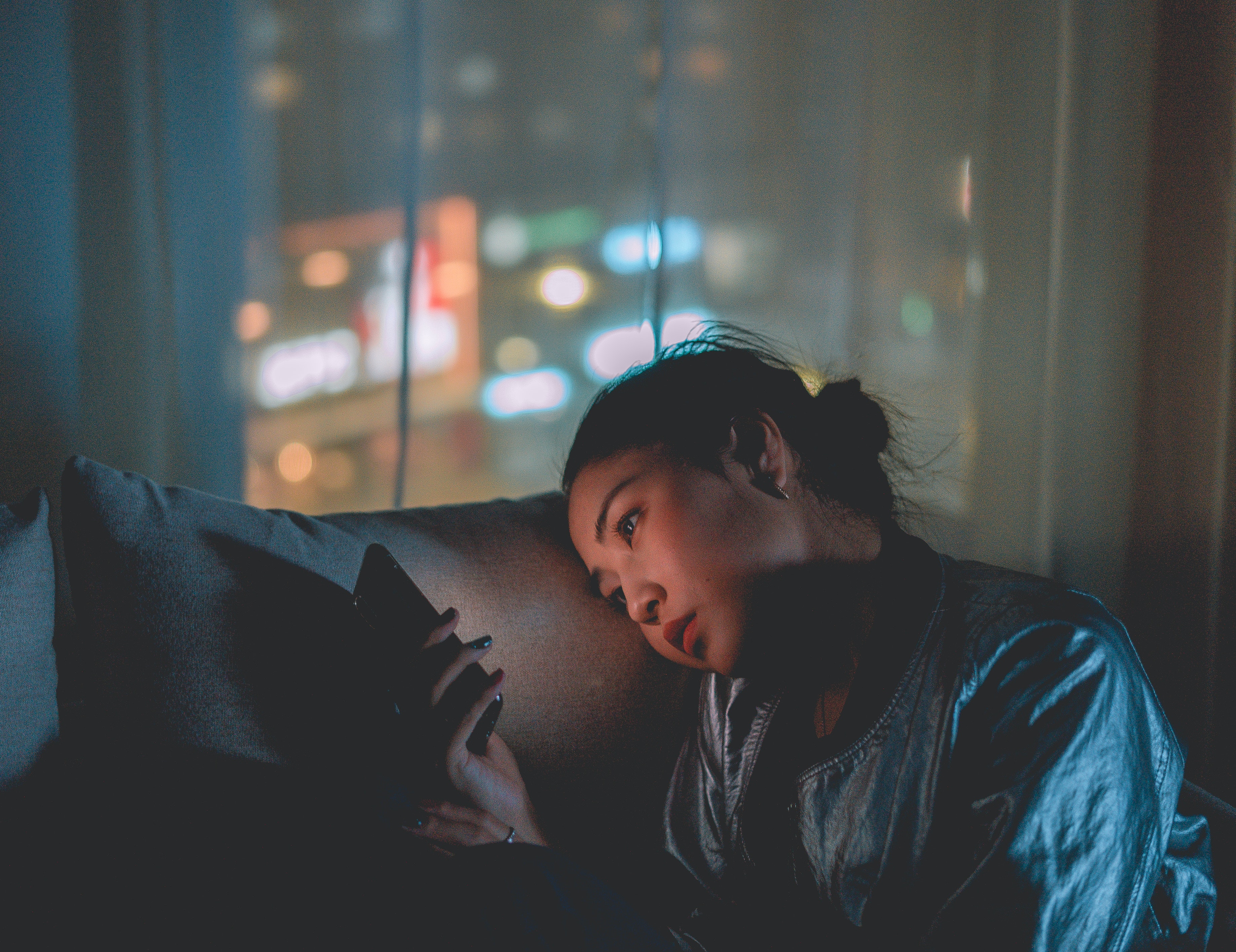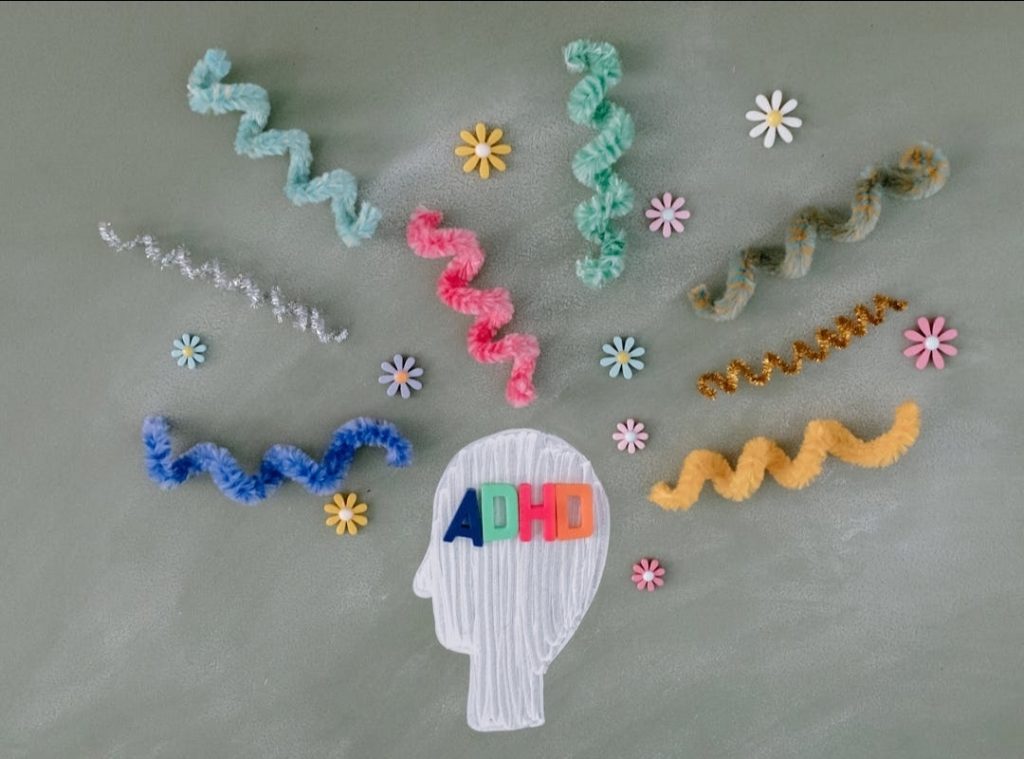When we’re stuck at home, our phones can be a lifeline to the outside world. Unfortunately, they can also feed our stress. Unplugging now and then is vital, even if it’s not easy. Plenty of apps exist to help limit screen time. But your first line of defense is the built-in tools on the phone itself.
Airplane Mode
This semi-unplugged setting is good for more than airline flights. Think of it as “Do Not Disturb” on steroids. You can work offline, take pictures, listen to music stored on the phone, and perform other tasks that don’t require a connection. But you get a break from calls, texts, and the internet. As an extra benefit, putting the phone in this mode drastically reduces your radiation exposure.
Screen Time Reports
To use your phone more mindfully, it helps to get a picture of your current habits. The screen time feature tracks which apps you use most, how many times you pick up the phone every day, the total amount of time you use the phone, and more. Challenge yourself to use the phone a little less than the week before.
Parental Controls/App Blocks and Limits
Sometimes grown-ups need these controls for themselves, not just for the kids! These features are helpful “caution” lights for anyone who tends to let social media use get away from them—and that includes most of us. It’s easy to override the blocks when you’re the one who controls the passcodes. But a simple pop-up notification that your time is almost up can be a good reminder to move on to other things.
Timer
This feature is in the Clock app on most phones. Set the timer before you start playing a game or indulging in your favorite social media addiction. We’ve all had the disheartening experience of staying glued to our phones for two hours when we only intended to spend ten minutes. A timer helps you stay in control.
Silent Mode and Do Not Disturb
Many cell phone users already take advantage of these features. In Do Not Disturb mode, you can program the phone to let calls from certain people go through. Most phones also let you set Do Not Disturb to turn on and off at certain times.
Notification Settings
Do you really need to be informed every time someone retweets you? Consider turning off all notifications that aren’t essential.
Nighttime Lighting
It’s better to avoid phone use close to bedtime. If that’s not possible, see if your phone has a night lighting adjustment. Blue light is the most disruptive, and the night setting will shift the screen lighting to a warmer or yellower hue. If your phone doesn’t have this setting, you may be able to adjust it manually in the screen’s visual settings.
Temporarily Deleting Apps
If you just can’t stop overusing a certain app no matter what you do, consider deleting it and re-installing it when you need it again. Installation usually only takes a minute. You can even delete and re-install a couple of times a day if it’s helpful. Check in on your favorite social media in the morning, take the app off your phone, and re-install it after work or school.
Rearranging Apps
Put your most addictive apps on a different panel of your screen, where you won’t see them and be tempted the minute you pick up the phone.
The “Off” Button
Yes, these things do turn all the way off. If you can manage it, taking a total rest from electronics can go a long way toward recharging your mind and spirit.
Our Her Nexx Chapter Community invites you to join us where women are connecting with each other’s stories, exploring different experiences, and transforming ideas.
The Future of Connection for Women
- Lucille Clifton—Poet, Children’s Book Author and Guiding Light - February 21, 2022
- 10 Ways to Work Out Safely and Reduce Your Risk of Infection - December 14, 2021
- How a Simple Gratitude Practice Brought Me Peace and Helped Me Learn to Live in the Moment - November 12, 2021
Follow us:







